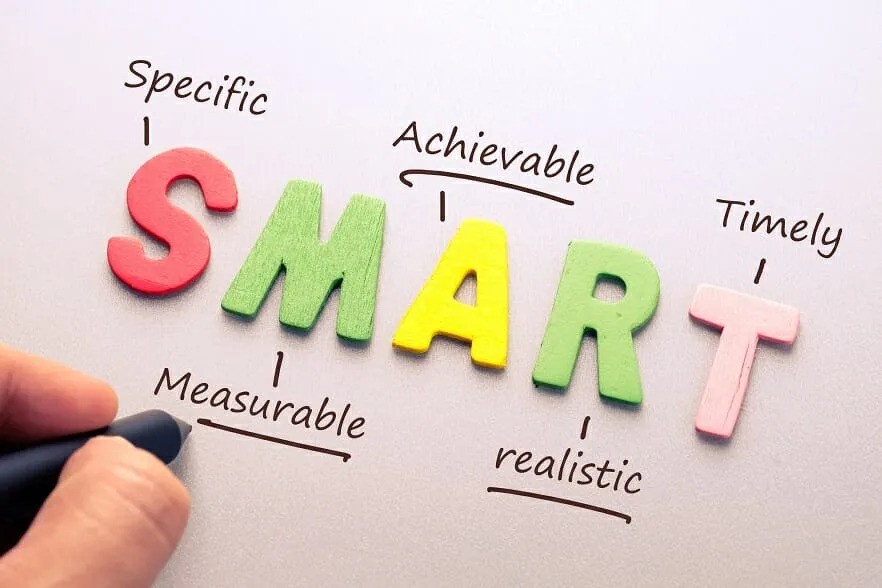
In the ever-evolving world of digital marketing, crafting a comprehensive strategy is essential for any business looking to succeed online. A well-planned digital marketing strategy not only helps in attracting and retaining customers but also ensures that your marketing efforts are aligned with your business goals. From discovery to execution, this guide will walk you through the critical steps needed to develop an effective digital marketing strategy that delivers measurable results. Whether you’re a seasoned marketer or just starting, understanding these fundamental concepts is key to thriving in the digital landscape.
Discovering Your Market and Audience
Understanding Your Target Audience
The first step in crafting a successful digital marketing strategy is understanding your target audience. Knowing who your potential customers are, their needs, preferences, and behaviors, allows you to tailor your marketing efforts to resonate with them effectively.
Key Components
- Market Research: Conduct thorough market research to gather data on your target audience. Utilize tools like Google Analytics, social media insights, and customer surveys to gain a deeper understanding of your audience’s demographics, interests, and online behavior.
- Buyer Personas: Create detailed buyer personas to represent your ideal customers. These personas should include information such as age, gender, occupation, income, interests, and pain points. Tools like HubSpot’s Make My Persona can help streamline this process.
- Competitive Analysis: Analyze your competitors to identify gaps in the market and understand what strategies they are using. Tools like SEMrush and Ahrefs can provide valuable insights into your competitors’ digital marketing activities.
Recommended Tools
- Google Analytics: For gathering detailed insights about your website visitors.
- SEMrush: For competitive analysis and keyword research.
- HubSpot: For creating and managing buyer personas.
Developing Your Digital Marketing Strategy
Setting Clear Goals and Objectives
Once you have a clear understanding of your target audience, the next step is to define your digital marketing goals and objectives. Setting clear, measurable goals ensures that you can track your progress and adjust your strategies as needed.

Key Components
- SMART Goals: Ensure your goals are Specific, Measurable, Achievable, Relevant, and Time-bound. For example, instead of setting a vague goal like “increase website traffic,” aim for “increase website traffic by 25% in the next six months.”
- Key Performance Indicators (KPIs): Identify the KPIs that will help you measure the success of your goals. Common KPIs include website traffic, conversion rates, social media engagement, and email open rates.
- Content Strategy: Develop a content strategy that aligns with your goals. This includes planning your content calendar, identifying content types (blog posts, videos, infographics), and determining the best platforms for distribution.
Recommended Tools
- Trello: For organizing your content calendar.
- Google Data Studio: For visualizing your KPIs and tracking progress.
- BuzzSumo: For identifying trending content and topics in your industry.
Choosing the Right Digital Marketing Channels
Selecting the appropriate digital marketing channels is crucial to reaching your target audience effectively. Each channel has its strengths and weaknesses, and the best choice will depend on your specific goals and audience preferences.
Key Channels
- Search Engine Optimization (SEO): Optimize your website and content to rank higher in search engine results. This increases organic traffic and visibility.
- Pay-Per-Click Advertising (PPC): Use platforms like Google Ads and social media advertising to drive targeted traffic to your site quickly.
- Social Media Marketing: Engage with your audience on platforms like Facebook, Instagram, LinkedIn, and Twitter. Tailor your content to fit the unique characteristics of each platform.
- Email Marketing: Build and nurture relationships with your audience through targeted email campaigns. Tools like Mailchimp and ConvertKit can help manage your email marketing efforts.
- Content Marketing: Create valuable, relevant content to attract and engage your audience. This includes blogging, video marketing, and creating downloadable resources like eBooks and whitepapers.
Recommended Tools
- Ahrefs: For SEO and keyword research.
- Google Ads: For PPC campaigns.
- Mailchimp: For email marketing automation.
- Hootsuite: For managing and scheduling social media posts.
Executing and Monitoring Your Digital Marketing Strategy
Implementation and Execution
With a well-defined strategy in place, it’s time to put your plan into action. This involves creating and distributing content, launching campaigns, and ensuring that all elements of your strategy are aligned and working together.

Key Components
- Content Creation: Develop high-quality content that aligns with your strategy and goals. Use a mix of content types to keep your audience engaged.
- Campaign Launch: Execute your campaigns across chosen channels. Monitor their performance closely and make adjustments as needed.
- Collaboration and Communication: Ensure seamless collaboration among team members using project management tools like Asana or Monday.com.
Recommended Tools
- Canva: For creating visually appealing graphics and content.
- Asana: For project management and team collaboration.
- Google Analytics: For tracking the performance of your campaigns.
Ready to supercharge your content game? Dive deeper into the art of captivating your audience by checking out our related post: How to Create a Website That is Both SEO-Friendly and User-Friendly. Discover tips and tricks to make your content not just informative, but truly engaging!
Monitoring and Optimization
Continuous monitoring and optimization are critical to the success of your digital marketing strategy. Regularly reviewing your performance data allows you to make informed decisions and improve your campaigns over time.
Key Components
- Performance Analysis: Use tools like Google Analytics and social media insights to track your KPIs and assess the performance of your campaigns.
- A/B Testing: Conduct A/B tests to determine what works best for your audience. This can include testing different headlines, images, or calls to action.
- Reporting and Adjustments: Create regular reports to share with stakeholders and make necessary adjustments to your strategy based on the data collected.
Recommended Tools
- Google Analytics: For performance tracking and analysis.
- Optimizely: For A/B testing and optimization.
- Tableau: For creating comprehensive performance reports.
Crafting a digital marketing strategy from discovery to execution is a multifaceted process that requires careful planning, execution, and continuous optimization. By understanding your target audience, setting clear goals, choosing the right channels, and monitoring your performance, you can create a strategy that drives tangible results for your business.
If you need personalized assistance in crafting your digital marketing strategy, request a consultation with our team of experts. Let’s take your digital marketing efforts to the next level!
